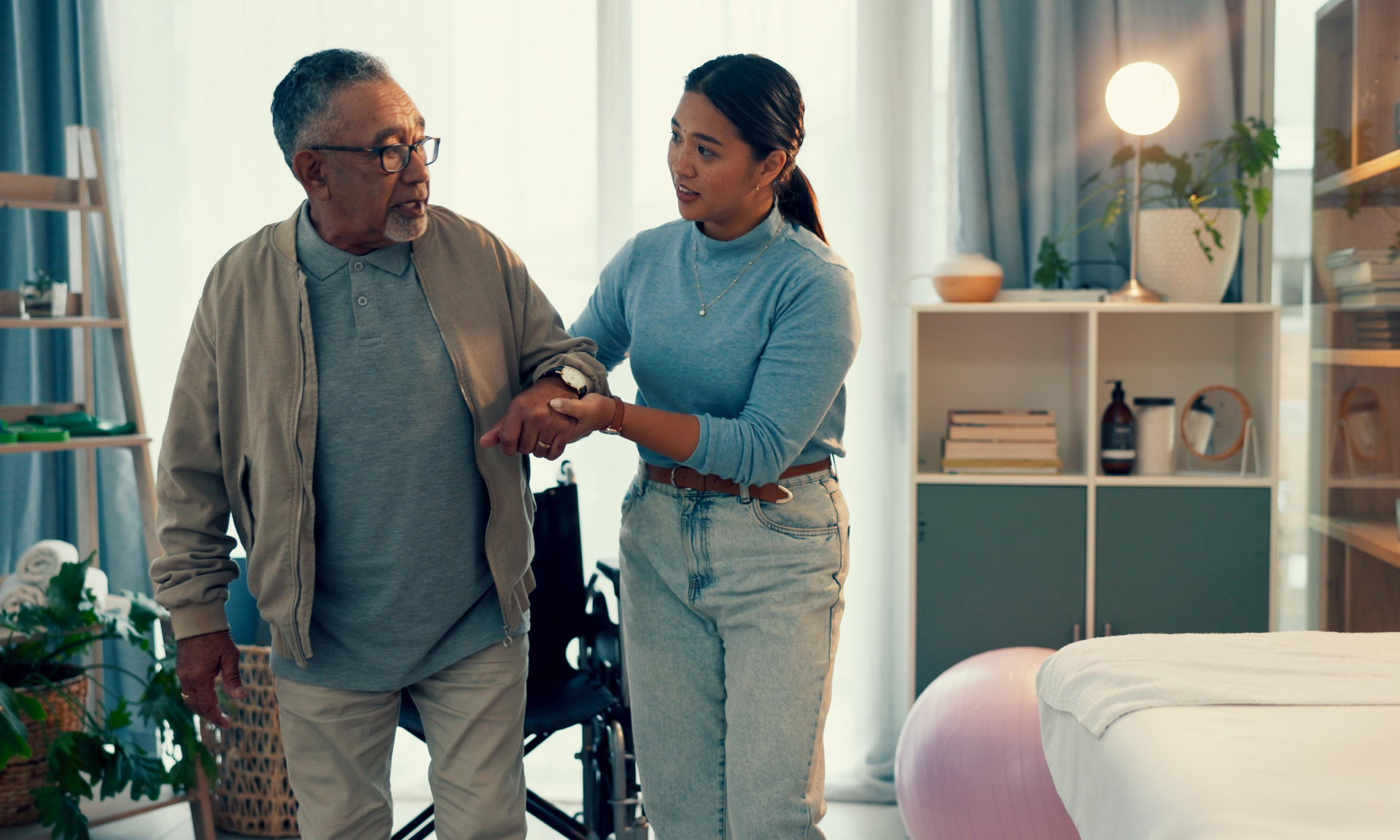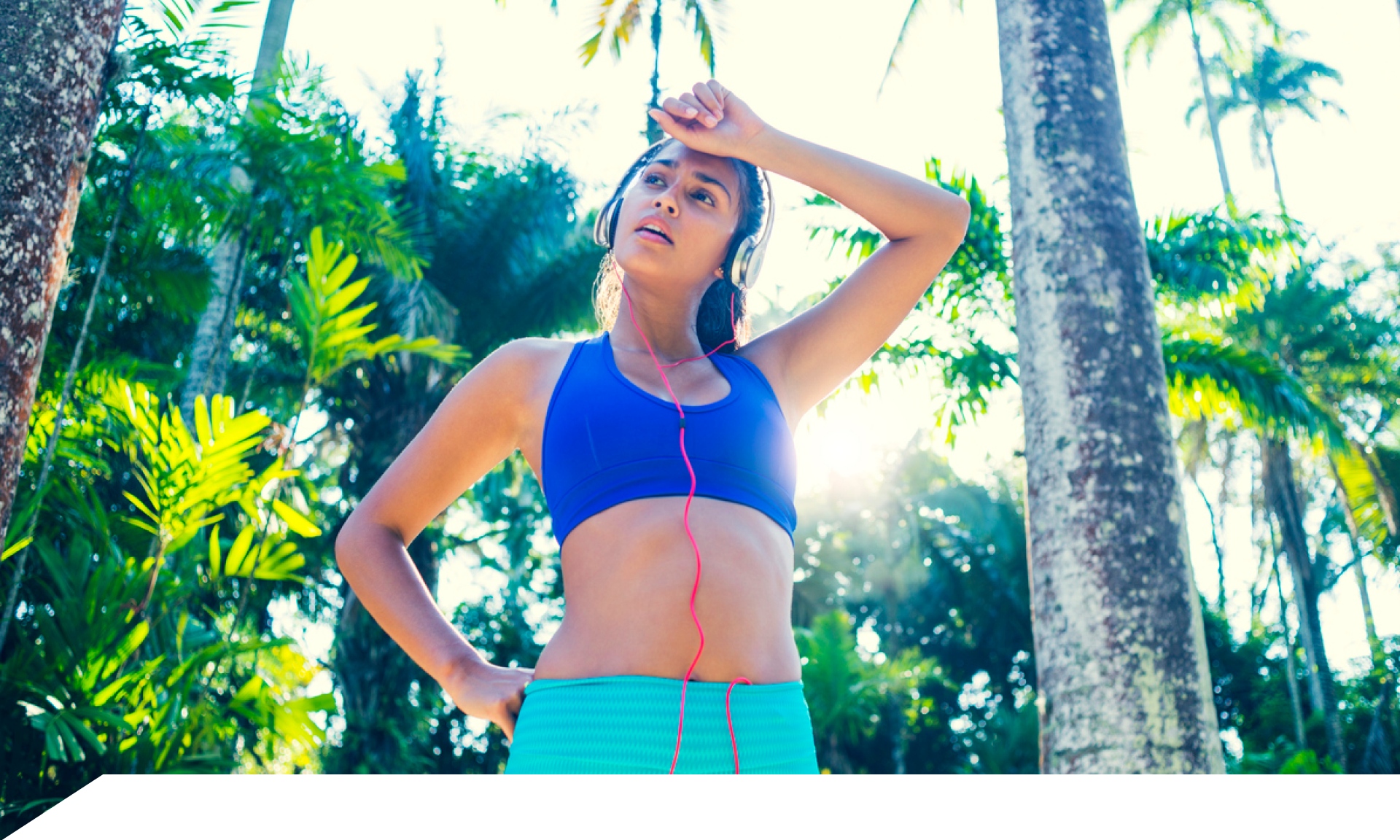editor's note
Hi. My daughter’s daycare teacher recently described her as “highly food motivated” and, well, that tracks. We don’t believe in “bad food” or “good food” in our house unless we’re talking about weird Caesar salads, basil from Trader Joe’s, or potentially contaminated ground beef.
Meanwhile, I’ve been daydreaming about making this for dinner, but wonder if I should go with this not-as-sexy but probably healthier breakfast for dinner. Either way, I’ll ask my husband to whip up my favorite cocktail, because there’s just no substitute. Is it time to eat yet?
— Karell Roxas / Editorial Director / West Orange, NJ
well, well, well...

Catch up on the latest health news, tips, and trends.
Counterfeit Botox is making the rounds nationwide — and with it, some dangerous side effects.
SCOTUS is hearing arguments on Idaho's abortion ban, which could impact women across the country. Meanwhile, the federal gov is increasing health privacy for those getting the procedure out of state.
Traces of bird flu were found in grocery store milk. Is it safe to drink?
They’re only 400 years late, but doctors are finally taking women’s pain seriously.
Being chronically busy isn’t doing your health any favors. Might we suggest an “energizing hobby” instead?
PS: We’re loving these 214 questions to ask your friends to feel more connected. And if those don’t help, buying some garden gnomes might.
we have to talk about…

The Overlooked Toll of Caregiving
One thing Ty Lewis, a certified dementia practitioner, didn’t expect when she started caring for her mother? The physicality of it. “There are parts of my body that I didn't know were able to ache,” she says. “People would look at my mom and say, ‘Oh, she's small.’ But it's the lifting. It's getting her in and out of the shower. I still have to lift 98 pounds daily.”
Lewis is one of many young adults who make up the growing generation of caregivers (some of whom are caring for their kids too). While the positive and negative mental health impacts of caregiving are well known, we don’t often talk about the physical ones. Example: Over 40% of caregivers — who are often women and people of color — have multiple chronic illnesses. But despite the invisible labor, your health deserves care, too.
How caregiving affects your body
There's the direct impact of physical strain and the indirect impact of neglecting your health to focus on your loved one, says Laurel Wittman, president of the Well Spouse Association.
A lot of it comes down to lack of time. With a reported average of 26 hours per week spent caregiving, most carers are less likely to attend their own doctor’s appointments and screenings — like the 21% of caregivers in this study who had fewer mammograms. Not ideal, since the chronic stress of caregiving may come with a host of health problems, like…
Increased risk of heart disease, high blood pressure, and diabetes
Combine that with about 6.1 years of losing sleep and little time to exercise or prep nutritious meals, and the risks can add up.
Your move
Caregiving is a labor of love. And many people, including Lewis, find it rewarding. But there are ways to ensure it doesn’t take such a toll on your body:
Ask for help. “Even if a family member can help out one weekend a month, those little breaks are really life-giving,” says primary care physician Chris Scuderi, DO.
Have the same doctors as your loved one. So you can schedule back-to-back appointments and save yourself some trips, Wittman suggests.
Schedule you time. Meet up with a friend, go for a walk, or take a nap — whatever you need.
Explore assistance programs. See if you can get paid to care for your loved one. Check out other resources like Area Agencies on Aging, AARP, and Family Caregiver Alliance.
ask an expert

Last week, we asked you to vote on a question to answer. The winner was:
How hot does it have to be before it’s safer to be inside?
FEATURED EXPERT:

Beth Oller, MD
Family medicine physician based in Stockton, KS
“When it gets to be over 100 degrees, anyone is going to have ill effects from heat before very long, and time spent outside — especially during the hottest parts of the day — should be limited as much as possible,” says Oller. That’s especially crucial for people who are more vulnerable to heat: “Those with heart or lung issues, older adults, pregnant persons and newborns.”
PS: Here are Oller’s tips for staying safe in the heat. Plus, a new tool from the NOAA and CDC to help protect you, too.
we tried it

This week, Skimm Well writer Sami Roberts tested out a high-tech rowing machine.
What we tried: Aviron Strong Rower
What it'll cost you: $2,199 for the machine. An optional membership — including guided workouts, games, and streaming — costs $24 to $29/month. (Promo code SKIMM200 gets Skimm’rs $200 off).
What we think: 9/10. This rower made me break a sweat and left me sore, yet I was pleasantly distracted from the pain of working out thanks to the game feature and the ability to stream my shows. Even without the additional membership option, you can still get a full-body workout and track your metrics. One point deducted for how much space it takes up in my apartment.
Have a hack or review to share? Let us know at well@theskimm.com.
quote of the week
Photos by iStock, Aviron, Beth Oller, MD
Design by theSkimm
This content is for informational and educational purposes only. It does not constitute a medical opinion, medical advice, or diagnosis or treatment of any particular condition. Always seek the advice of your physician, mental-health professional, or other qualified health provider with any questions you may have regarding a medical condition. Products you buy through our links may earn us a commission.
*PS: This is a sponsored post.
Live Smarter
Sign up for the Daily Skimm email newsletter. Delivered to your inbox every morning and prepares you for your day in minutes.
